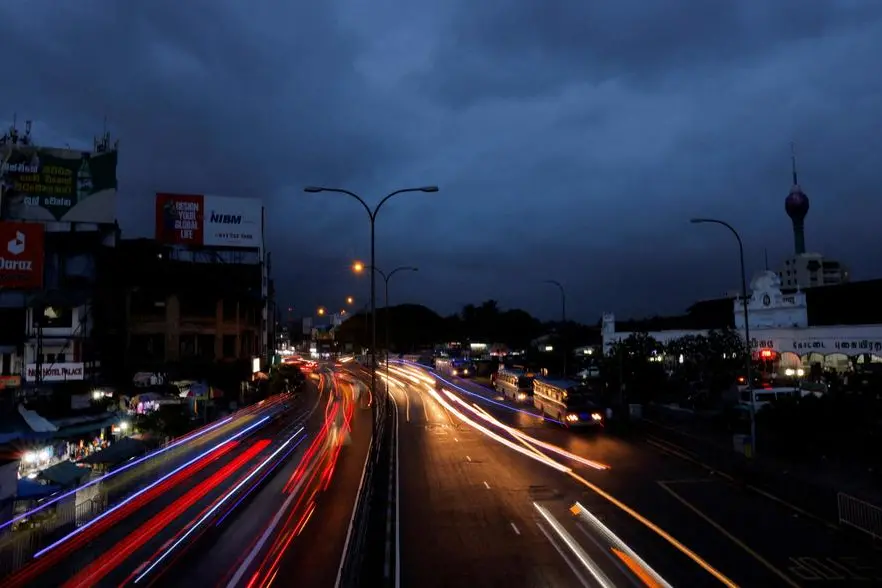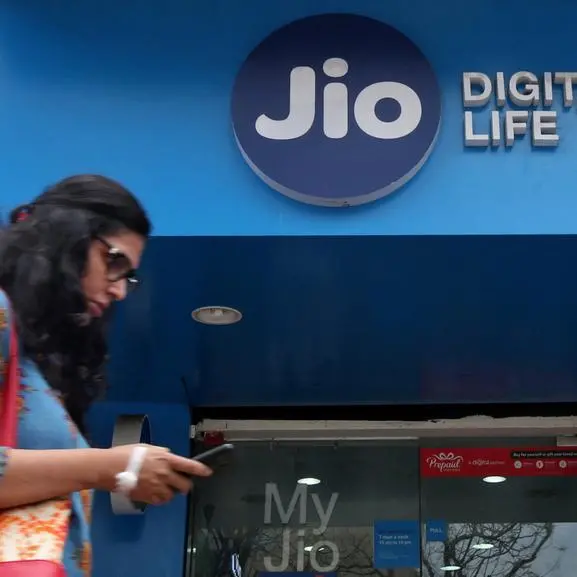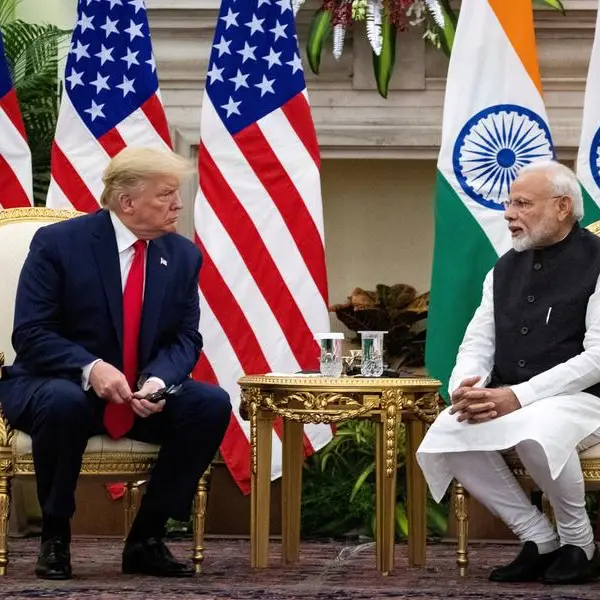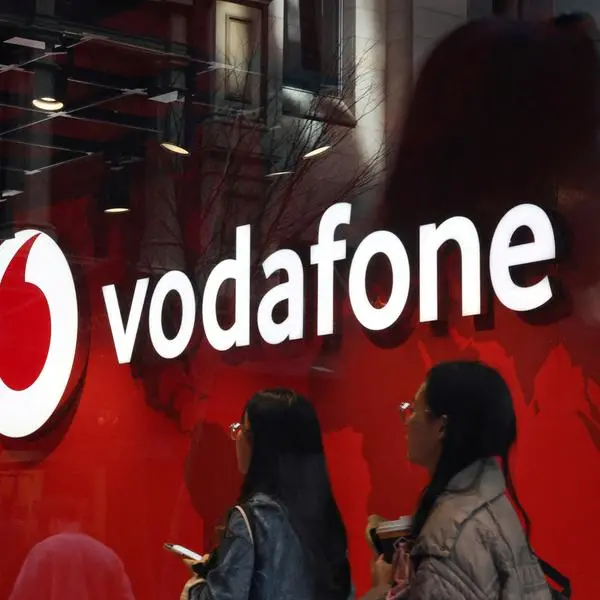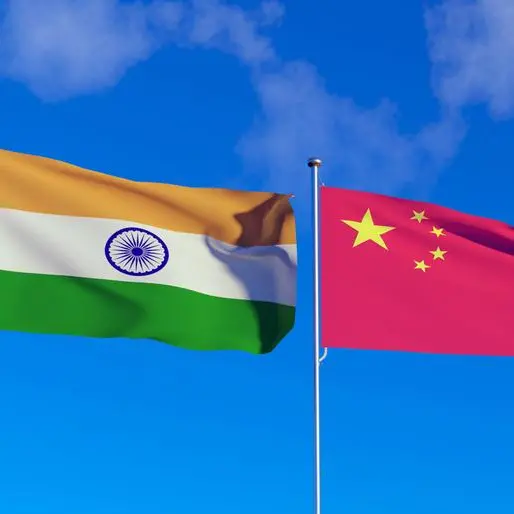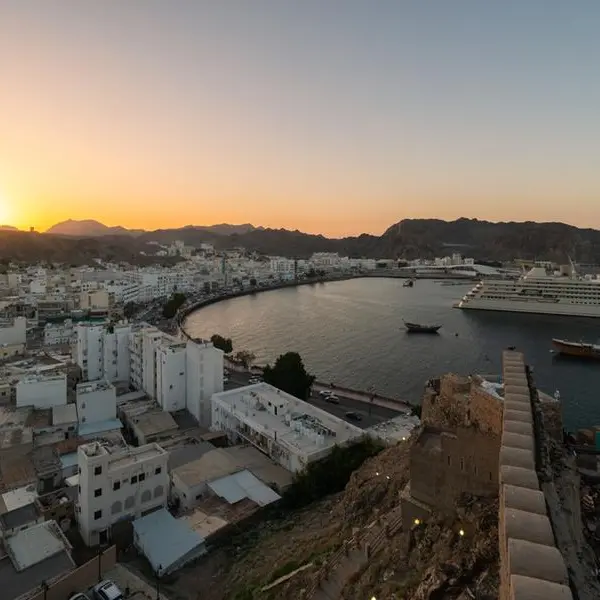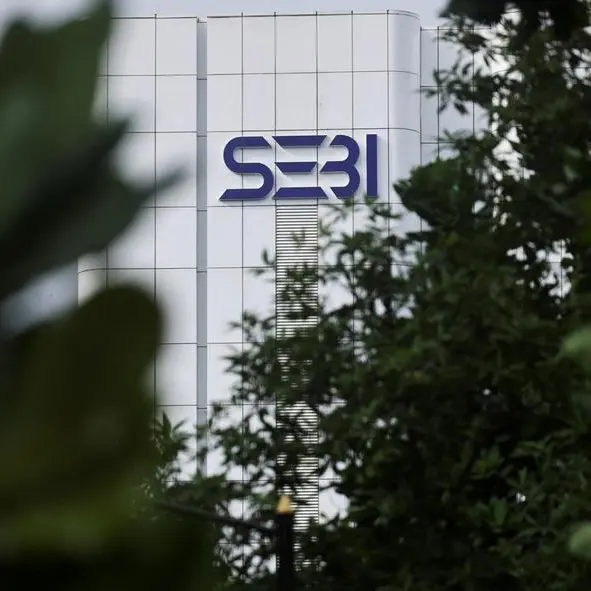PHOTO
Sri Lanka's key inflation rate fell to 5.9% in February from 6.4% in January, the statistics department said on Thursday.
The Colombo Consumer Price Index, a leading indicator for broader national prices, tracks inflation in Colombo, Sri Lanka's biggest city.
Food prices rose 3.5% in February from 3.3% in January, the Department of Census and Statistics said in a statement.
Prices for non-food items rose 7% this month from 7.9% year-on-year in January.
Despite an increase in Value Added Tax (VAT) from 15% to 18% at the start of the year, as part of efforts to meet government revenue targets set under a $2.9 billion International Monetary Fund (IMF) bailout, Sri Lanka's inflation is expected to return to the 5% target set by the central bank, analysts said.
"This is in line with expectations. Inflation numbers are continuing to benefit from a high base effect and we expect March inflation to drop to about 2.6%," said Dimantha Mathew, head of research, First Capital.
"We project inflation to be between 4%-7.5% from April to about the end of this year."
Inflation is likely to benefit from lower energy and possibly fuel prices in the next few months.
Sri Lanka's power regulator is scheduled to meet on Friday to decide on an 18% reduction in tariffs for households and a downward price adjustment on fuel costs is also expected, analysts added.
Sri Lanka racked up record high inflation that peaked at 70% in September 2022 after its economy was pummelled by the worst financial crisis in decades, triggered by a plunge in foreign exchange reserves.
The Central Bank of Sri Lanka (CBSL) kept its rates unchanged last month to control inflation after cutting interest rates by 650 basis points since it started an easing cycle in June 2023 to help fuel an economic recovery from recession last year. (Reporting by Uditha Jayasinghe; Editing by Toby Chopra)
